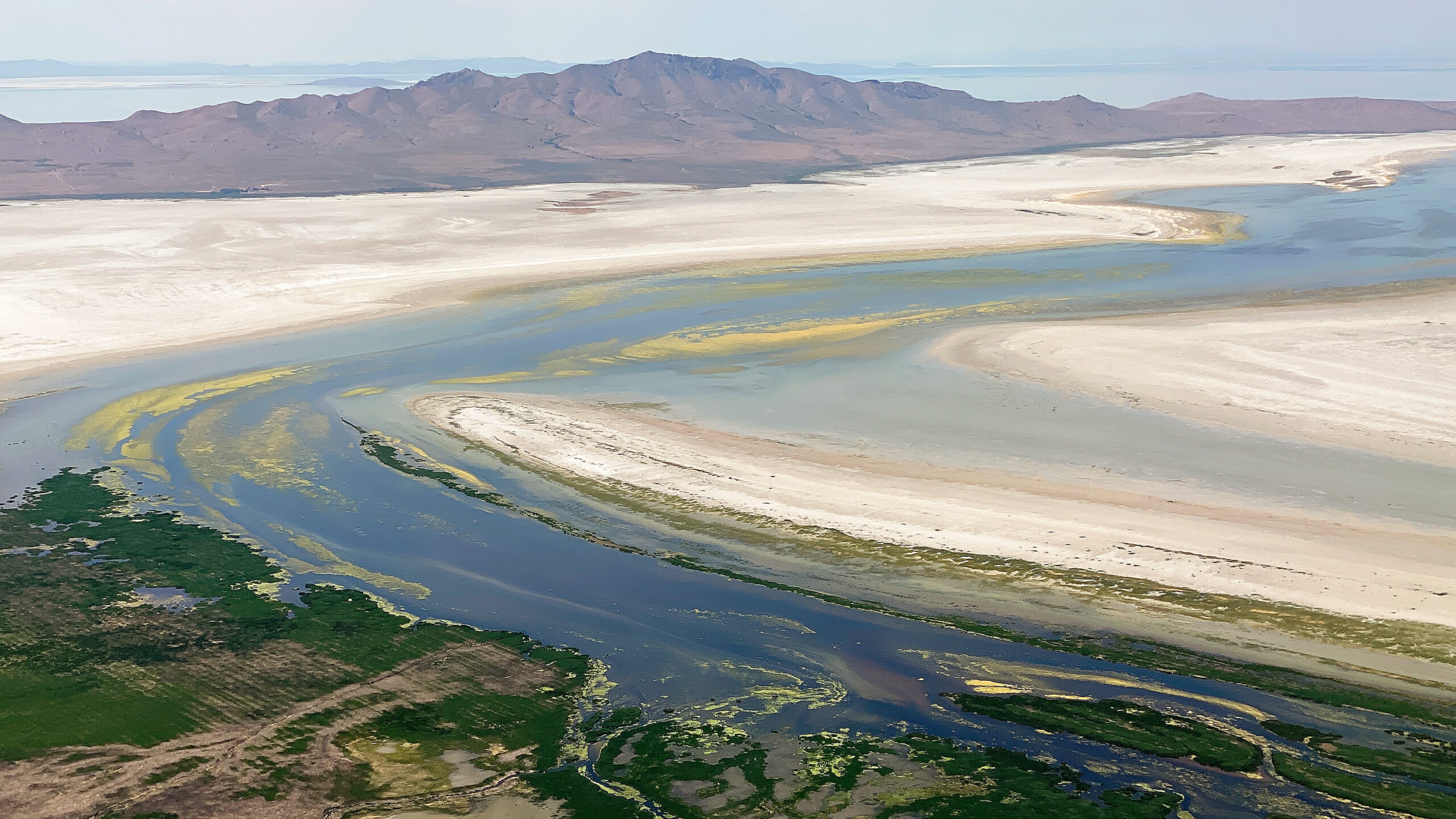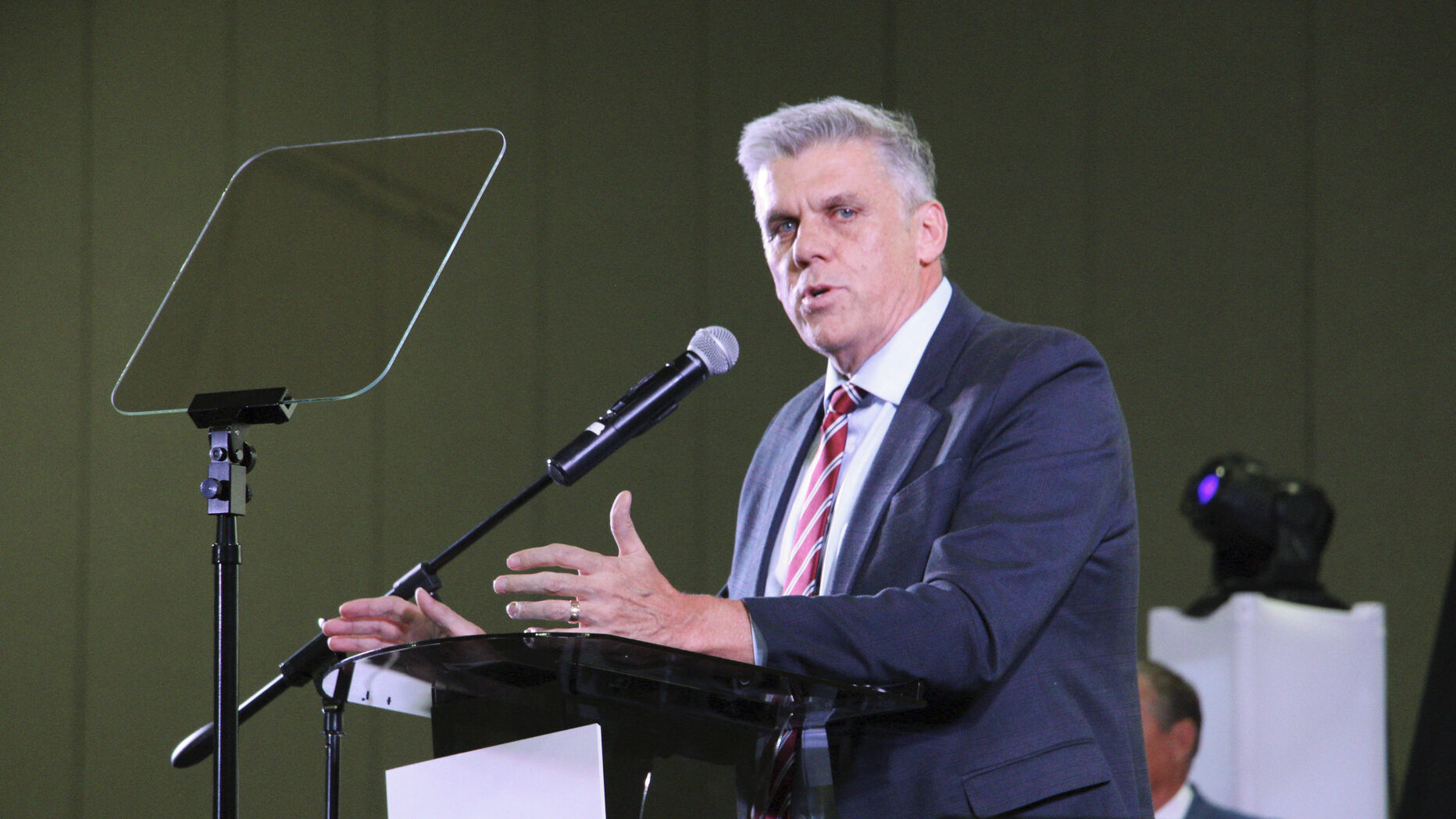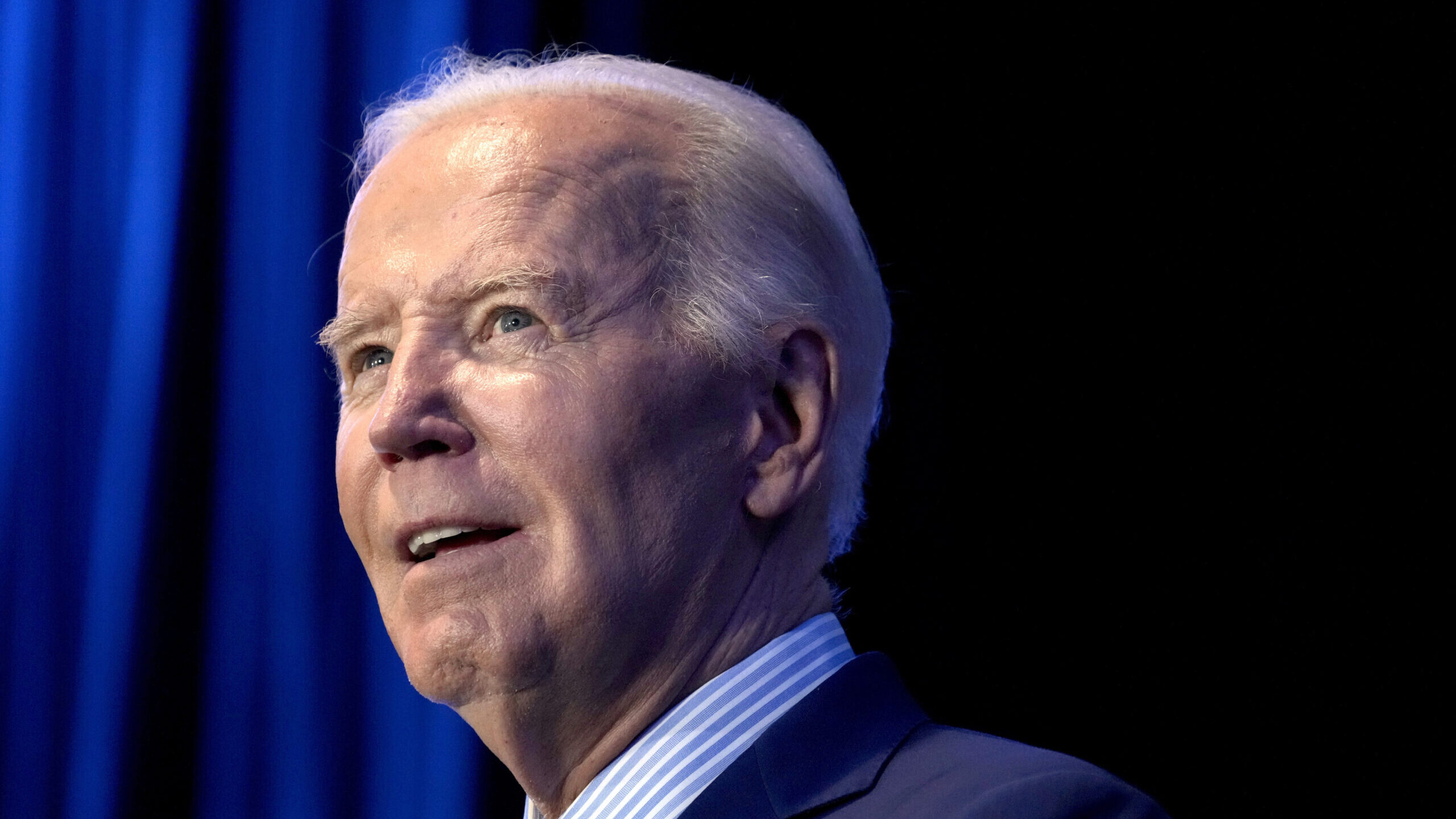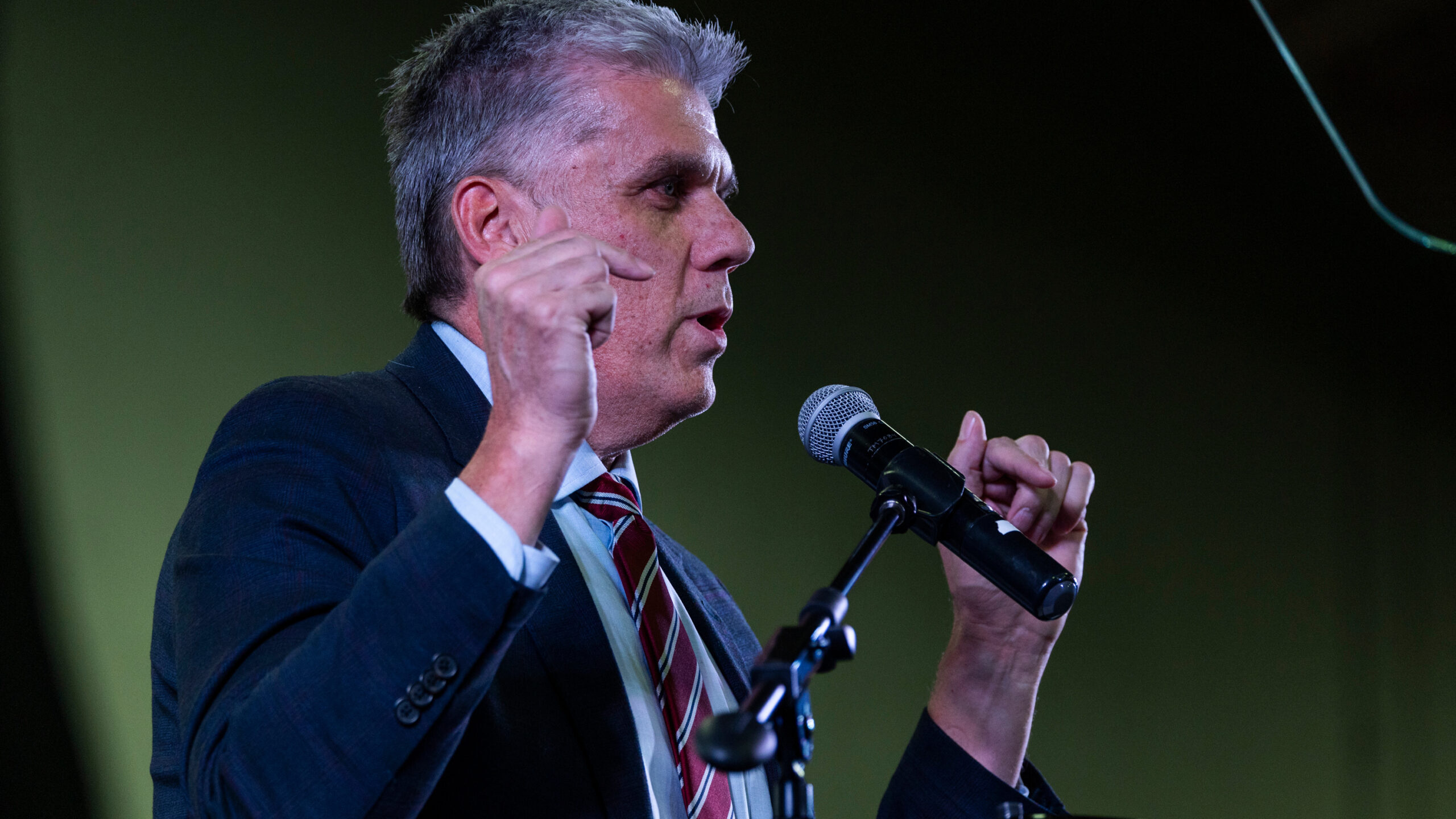The Utah Rivers Council unveils 4,200 Project to support GSL
Oct 26, 2023, 7:00 PM | Updated: 7:16 pm

Farmington Bay and Antelope Island are pictured on Sunday, July 2, 2023. (Kristin Murphy, Deseret News)
(Kristin Murphy, Deseret News)
SALT LAKE CITY — A non-profit organization has created a 139-page guidebook to hold Utah elected officials accountable for the health of Great Salt Lake.
The Utah Rivers Council unveiled The 4,200 Project on Wednesday. It outlines 12 policy proposals it said will enable lawmakers to support Great Salt Lake in the long term.
Last year, the lake hit a historic low of 4,188.5 feet. Since then, Utah lawmakers have passed legislation to support Great Salt Lake. And the 2023-2024 record snowpack helped as well.
But Zachary Frankel, the executive director and founder of the Utah Rivers Council, said it still isn’t enough.
“Utah simply is not acting fast enough to do what is necessary to save the Great Salt Lake,” he said. “We can’t rely on Mother Nature to solve the problems that residents have created.”
4,200 Project policy suggestions
Frankel expects a new record low for the lake in 2024 if there isn’t enough snowfall this winter and Utah doesn’t take drastic measures. That’s why Frankel and the Utah Rivers Council are urging lawmakers to establish a tangible goal.
“Instead of going through the couch cushions searching for loose change to make a downpayment to repay this debt to the Great Salt Lake, we need to plan to figure out how much water we should be delivering each and every year so that we can celebrate meaningful objectives,” Frankel said.
The Utah Rivers Council wants the goal to be 4,200 feet, which is how the project got its name.
Some policy suggestions in the guidebook are to give Great Salt Lake permanent legal protection and eliminate ornamental grass.
Other suggestions are based on water used for agriculture, where about 65% of Great Salt Lake water goes. Frankel said part of the problem is the upstream water diversions used for agriculture and cities.
“If every farmer in all of northern Utah’s farms stopped using water, and every man, woman, and child in all of northern Utah cities within the Great Salt Lake Basin also stopped using water, it would still take more than four years to raise the Great Salt Lake,” he said.
Other suggestions include changing tax laws and systems to save water and fund restoration projects.
All of the suggestions are only proposed legislation at this time. For these goals to become reality, Utah legislators would need to pass the measures.













